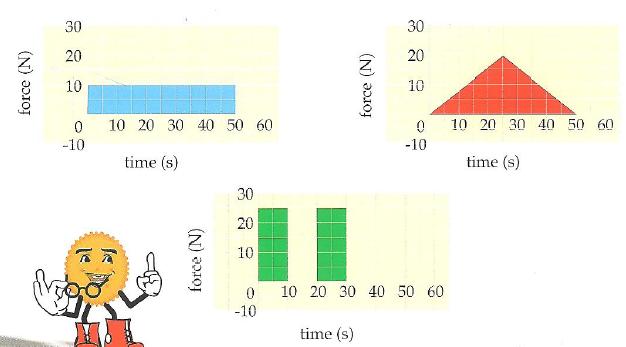- Joined
- Dec 1, 2011
- Messages
- 18,579
- Reaction score
- 57
Can someone give me an example (or multiple examples) of each graph? For instance, which graph, if any, represents airbags during a car accident?
http://imgur.com/kmtSl

http://imgur.com/kmtSl

